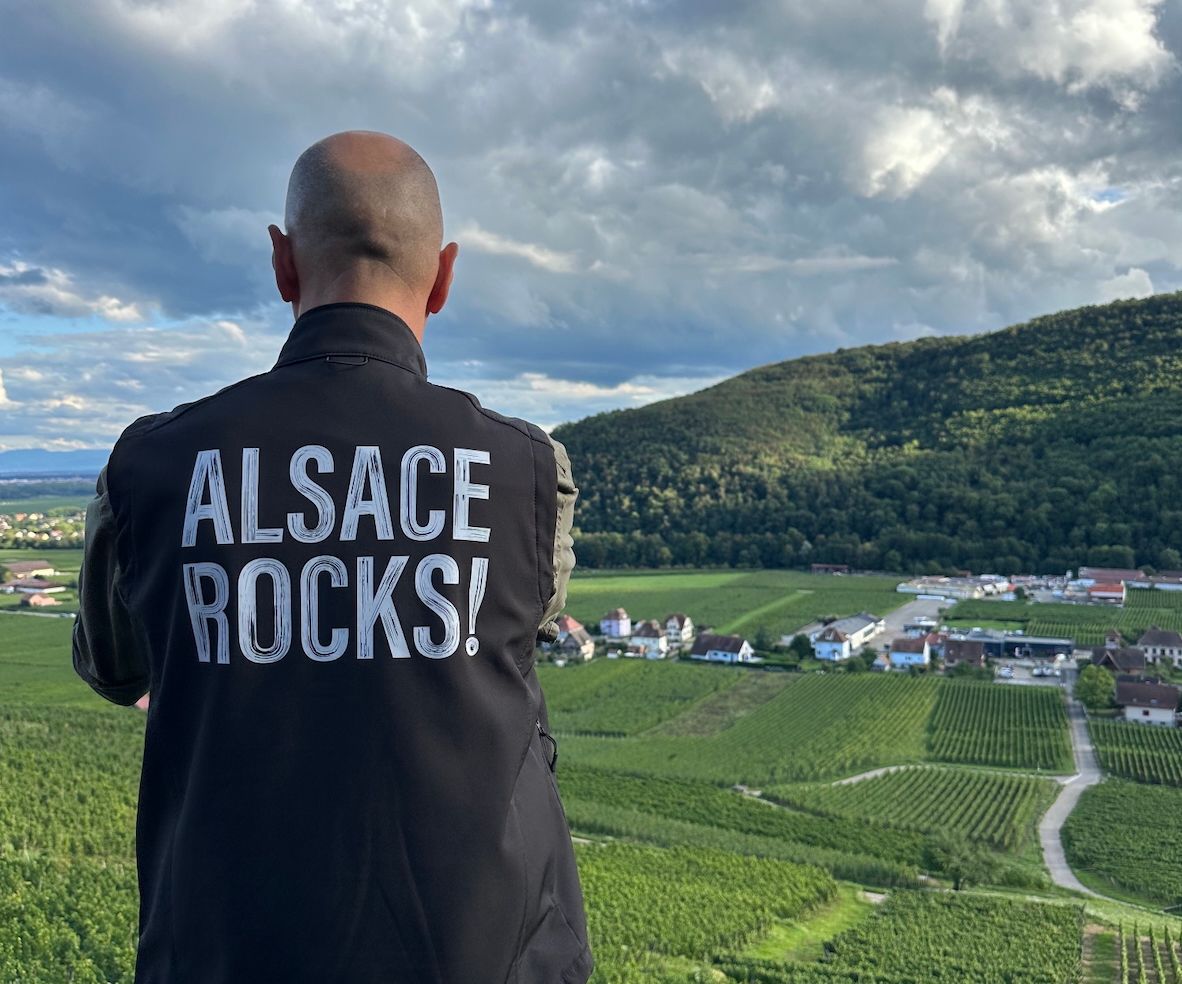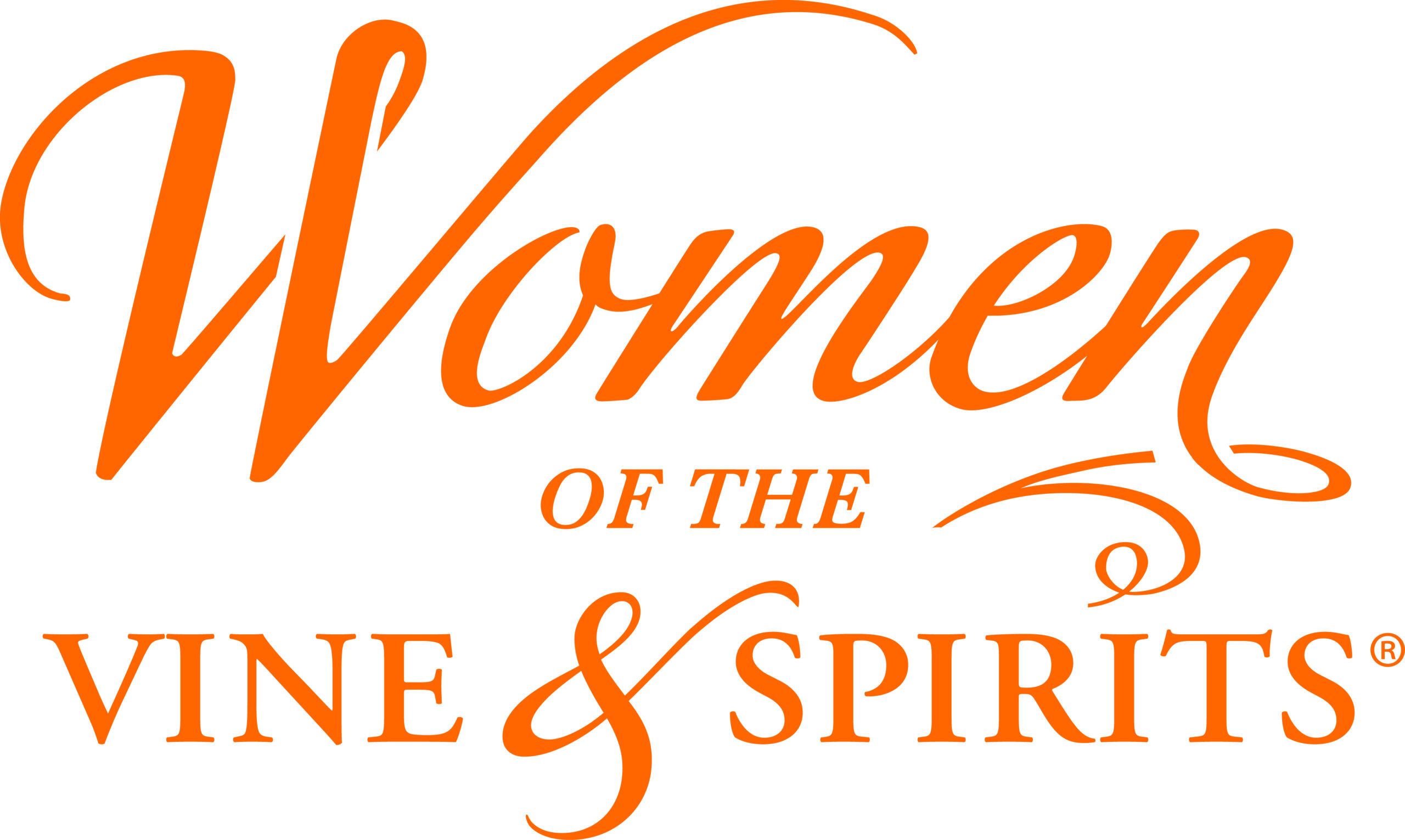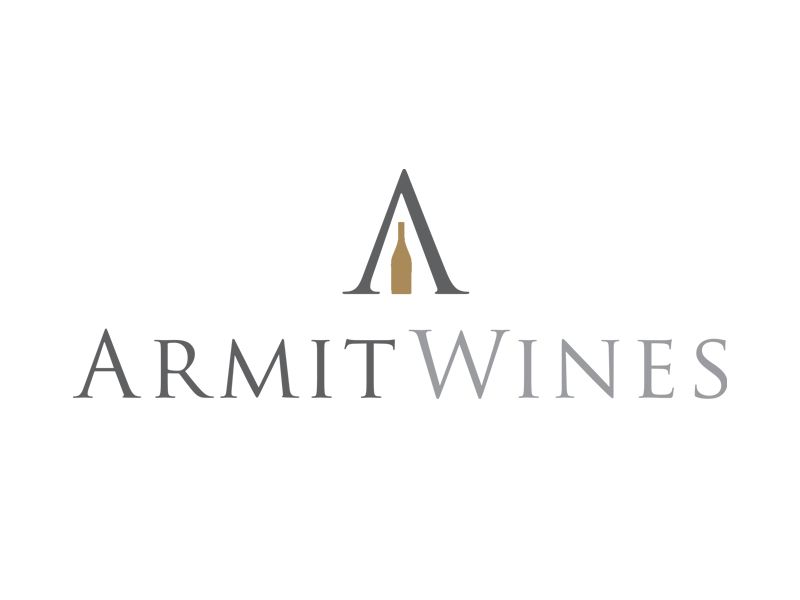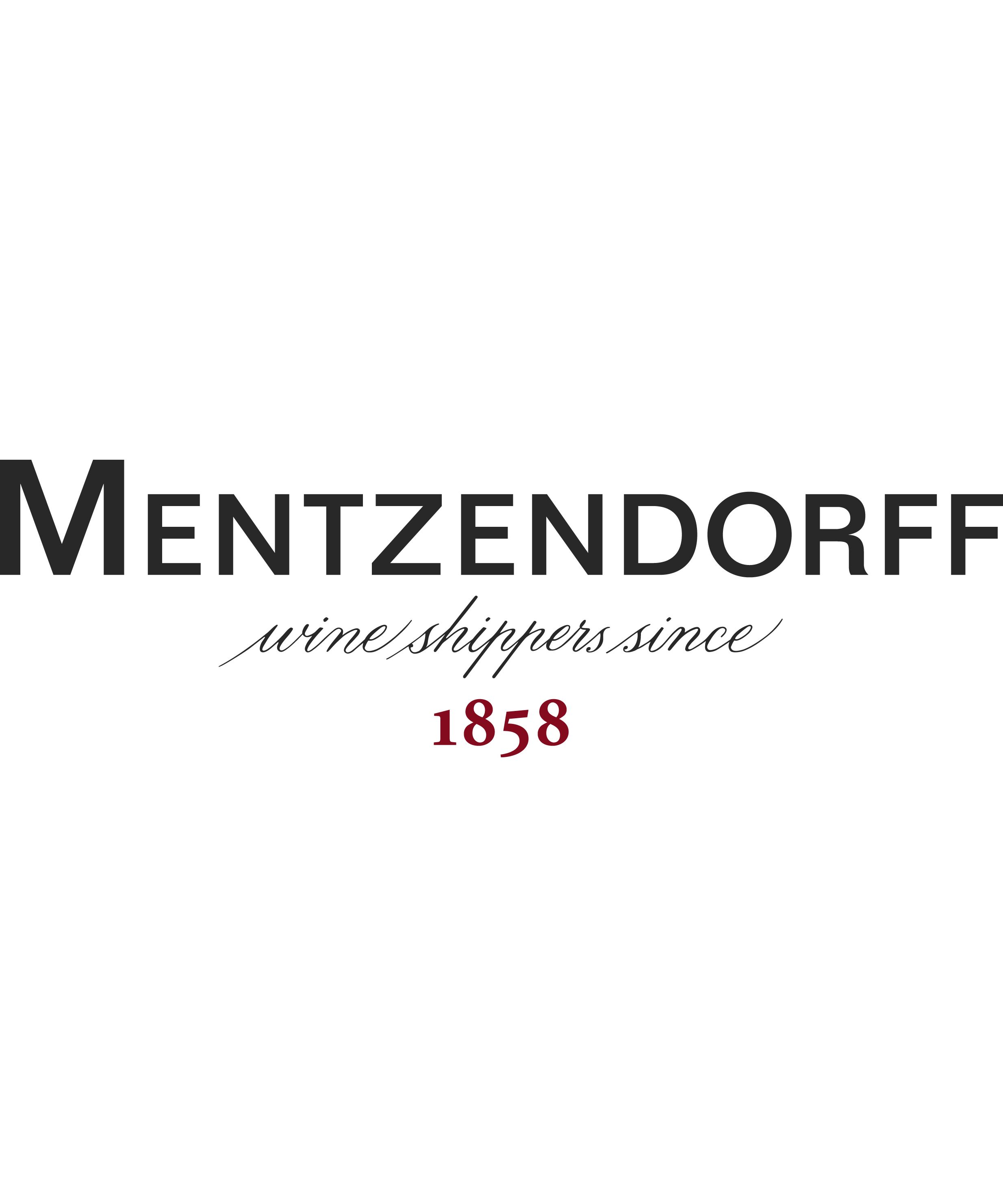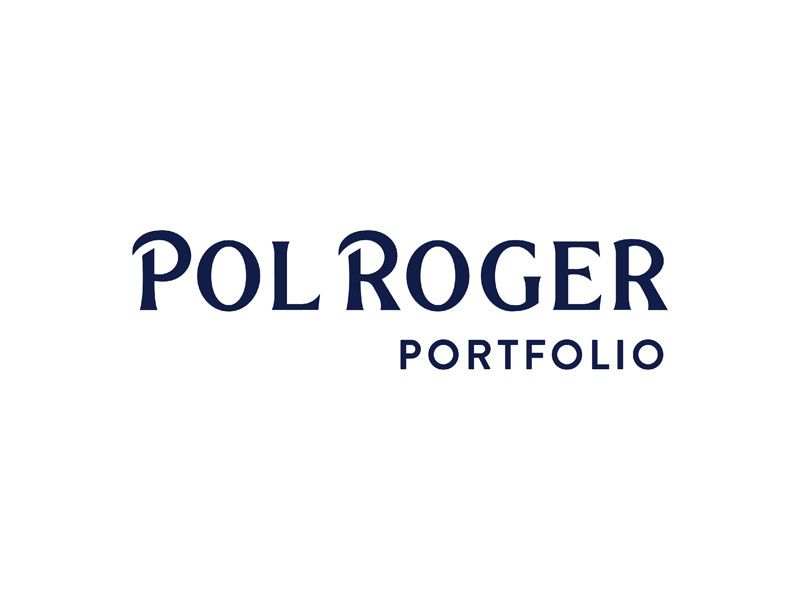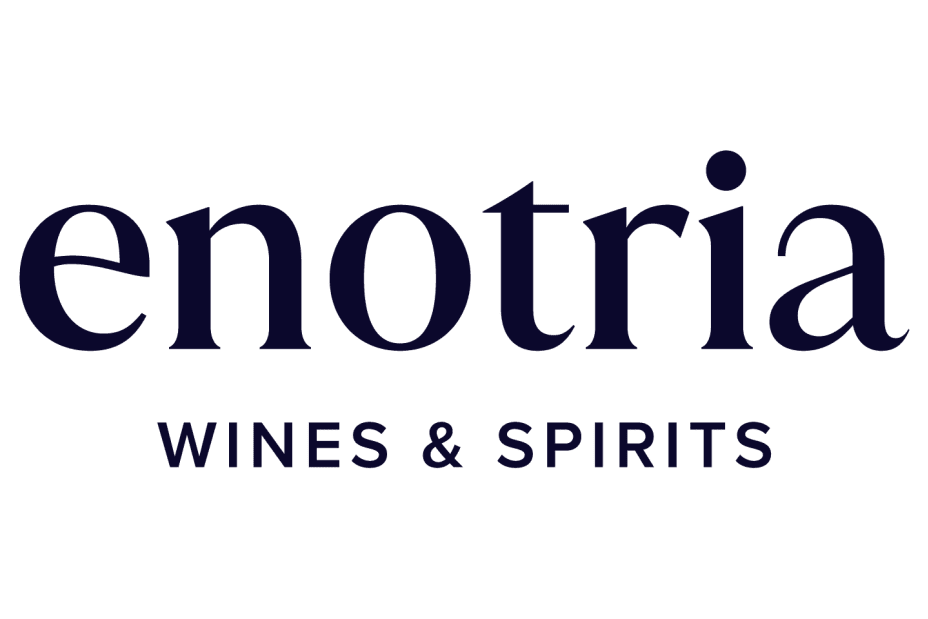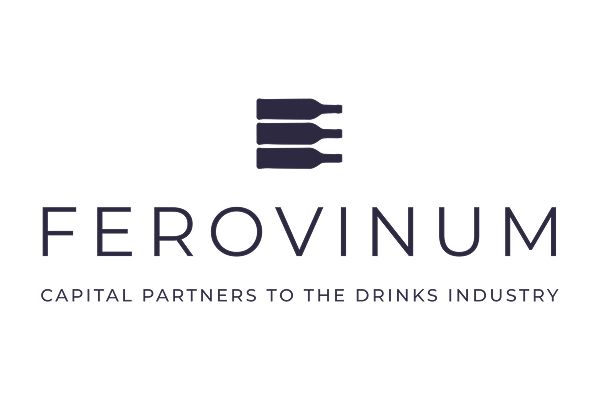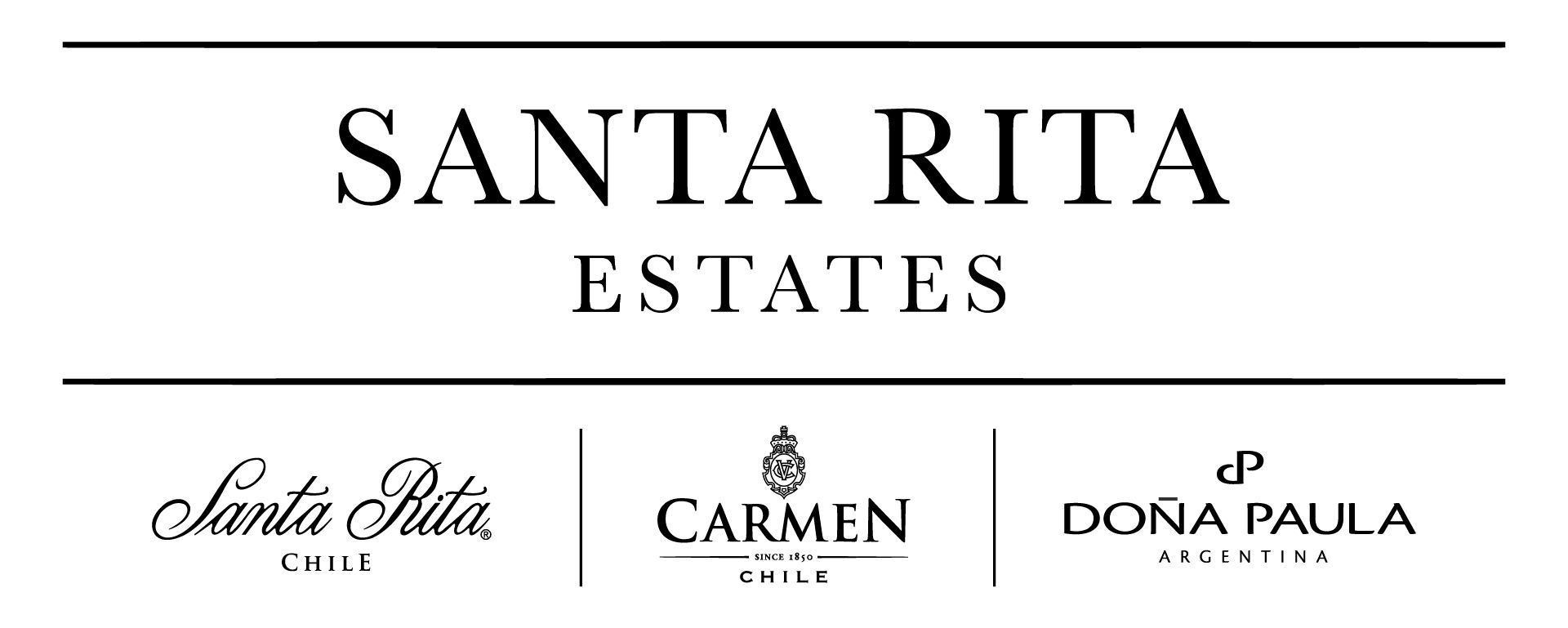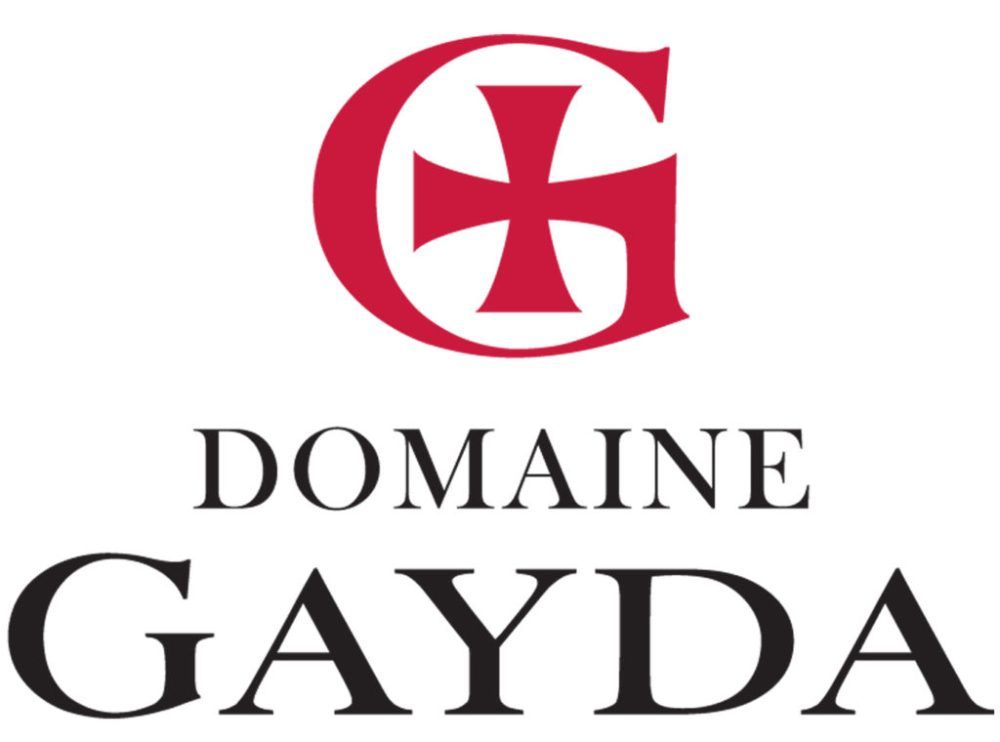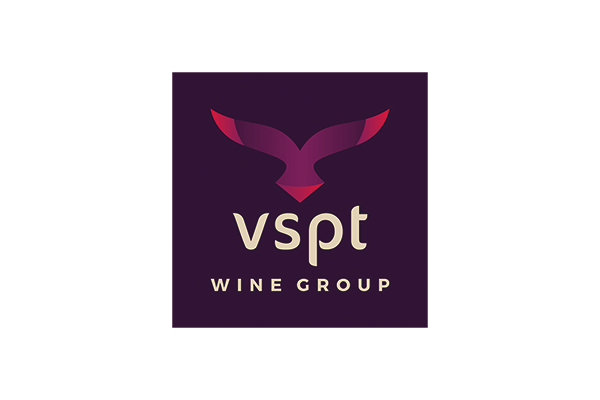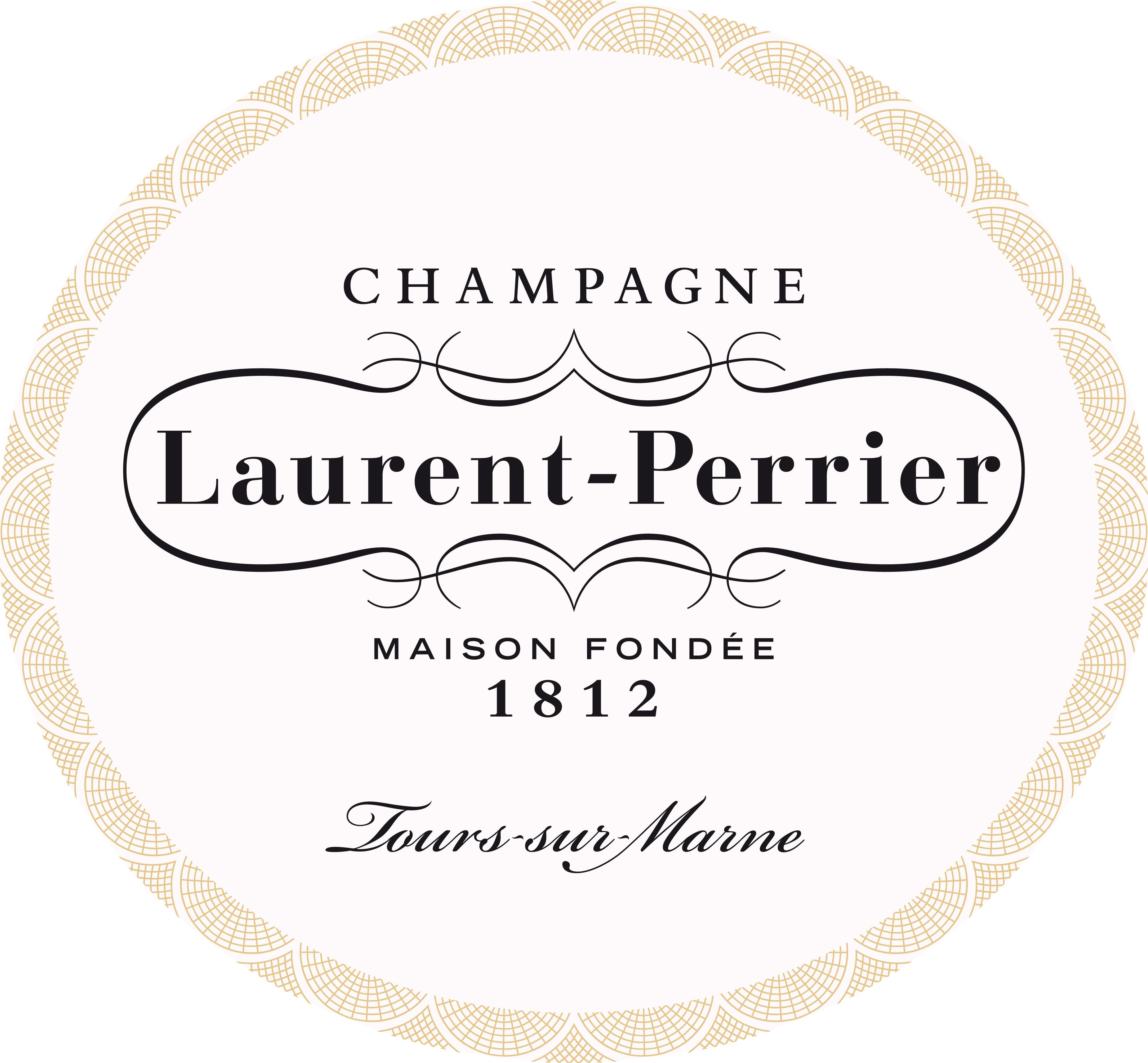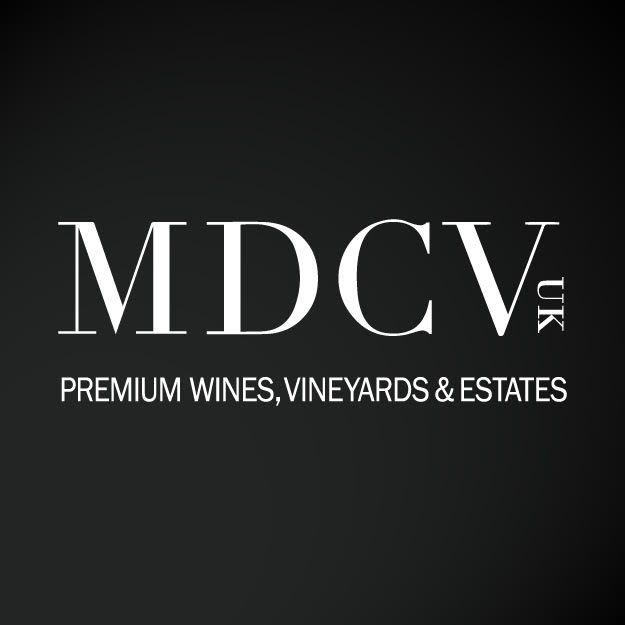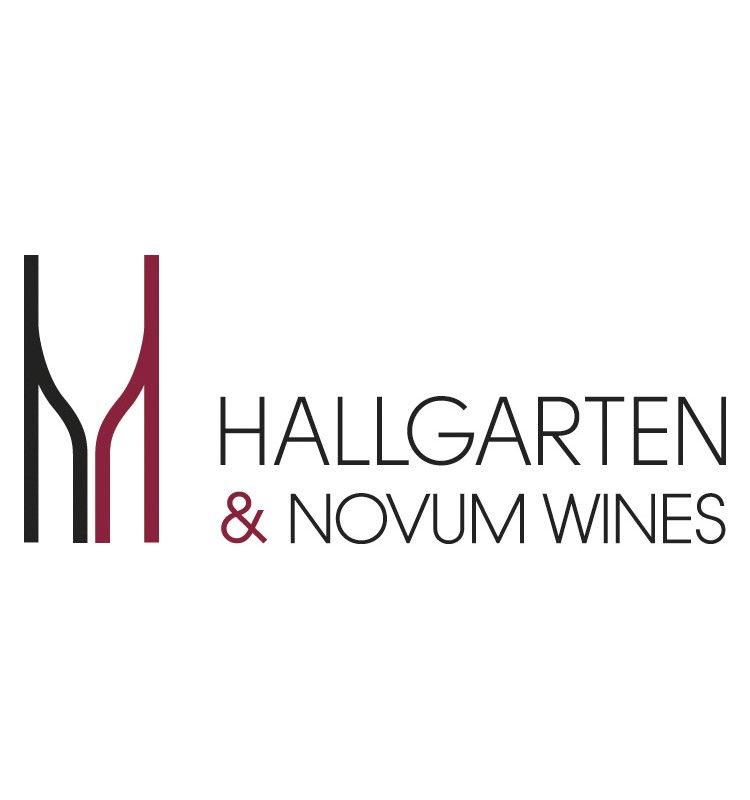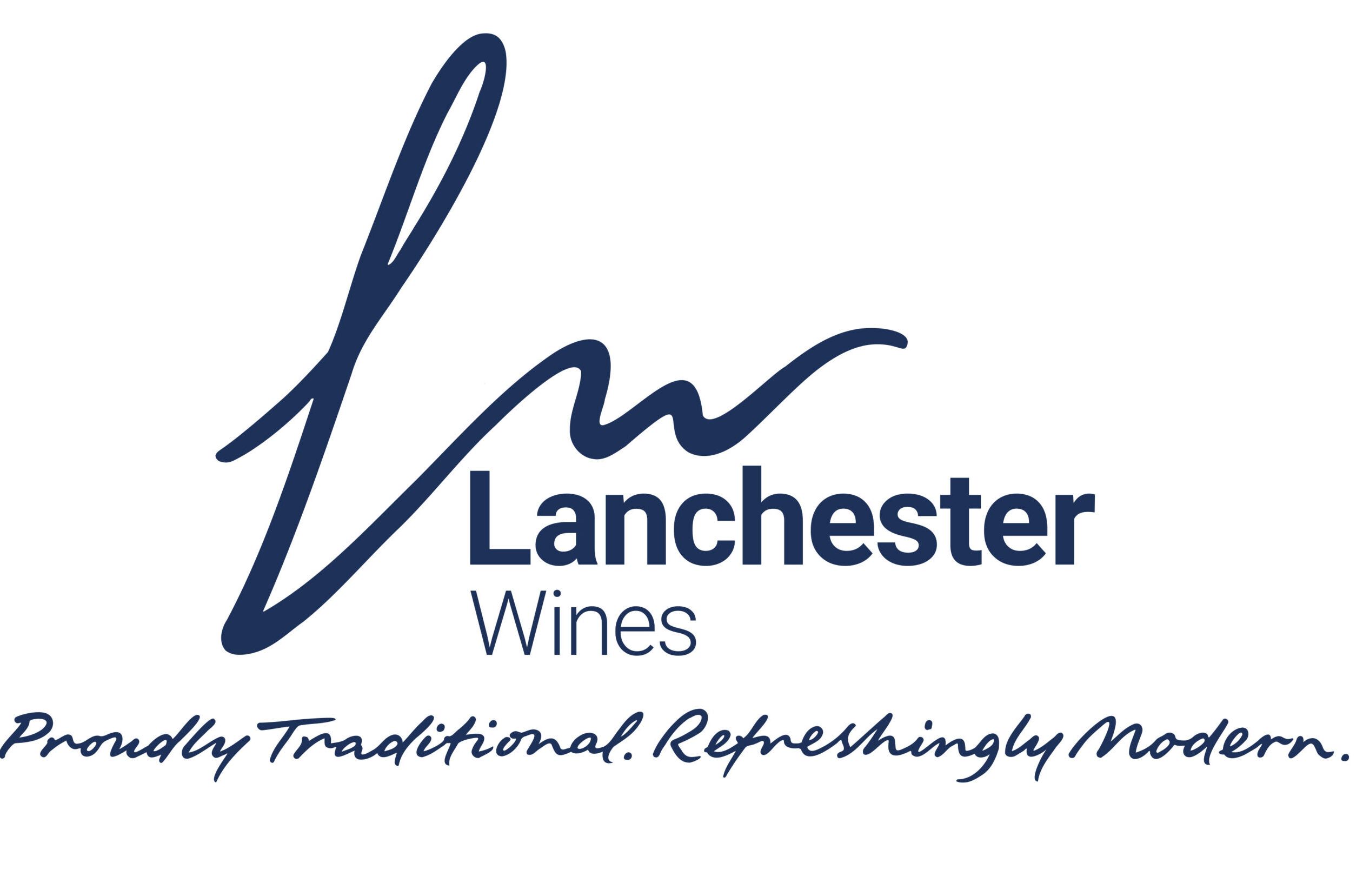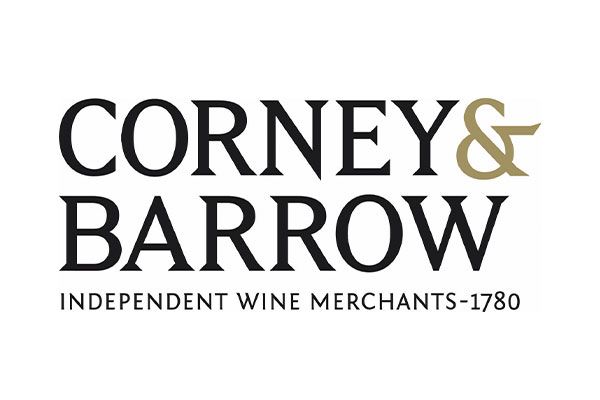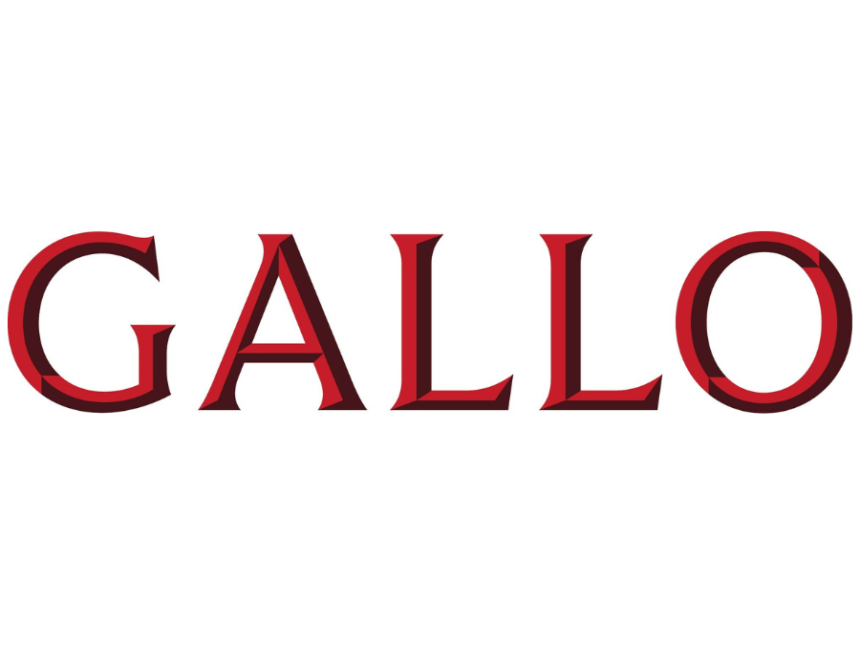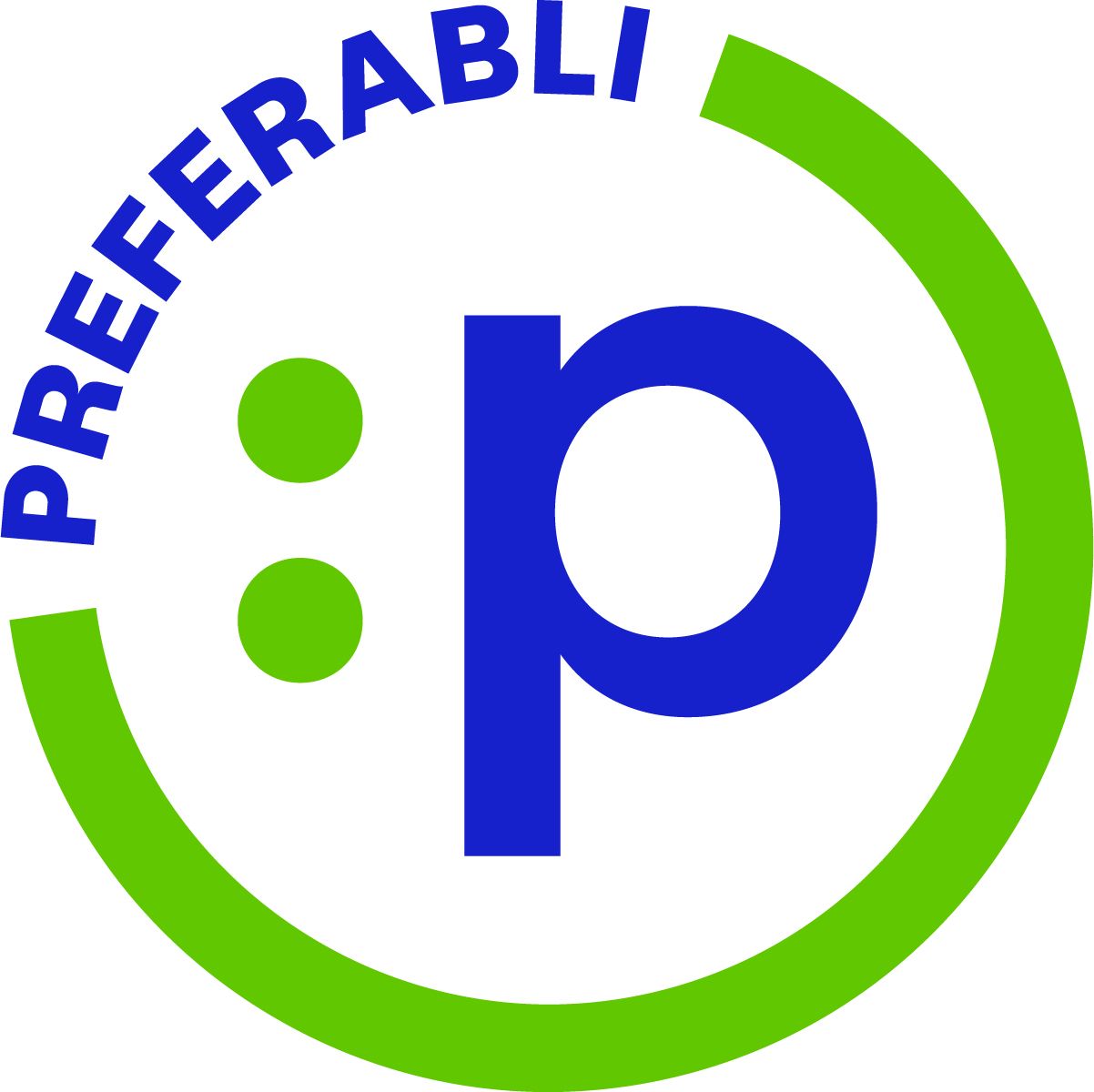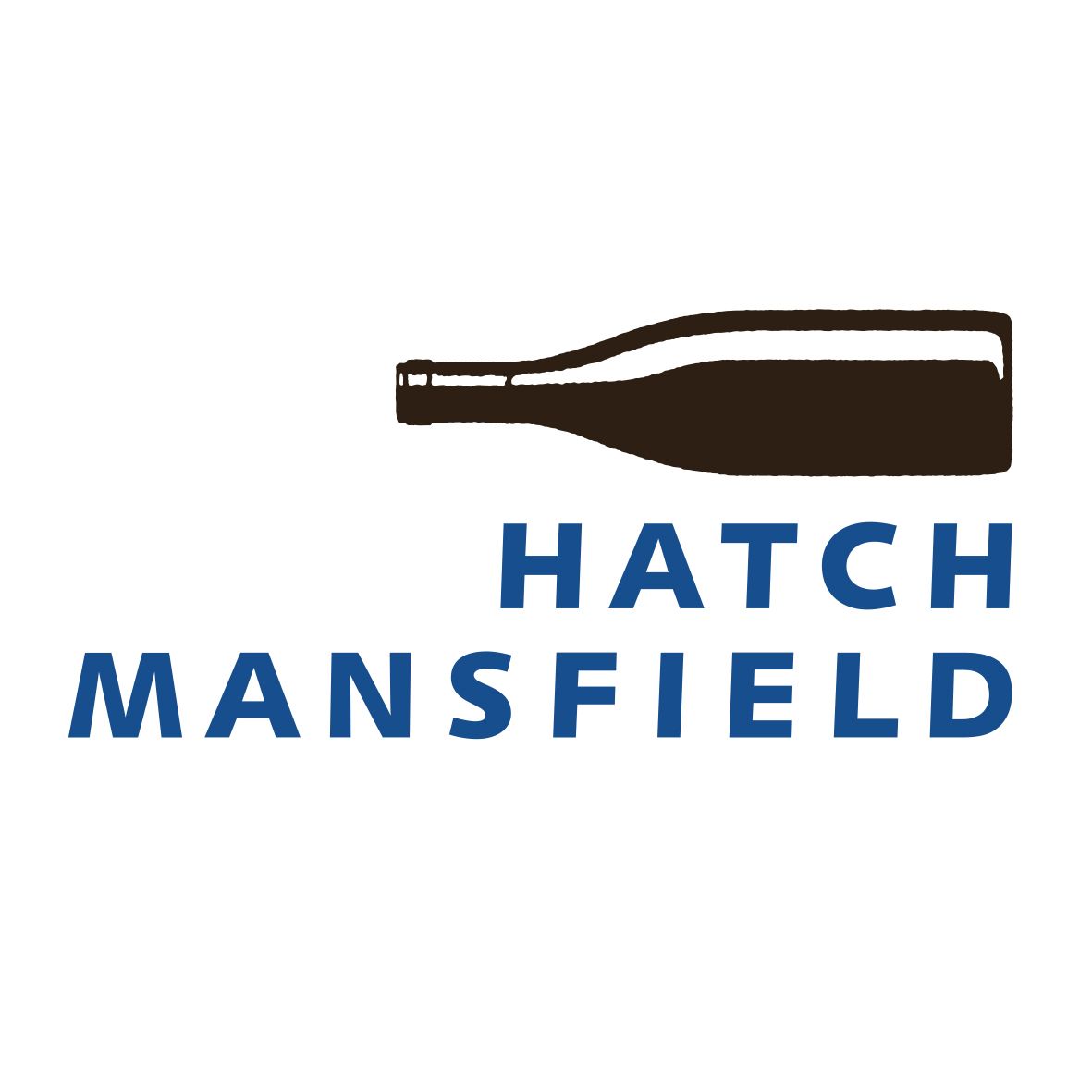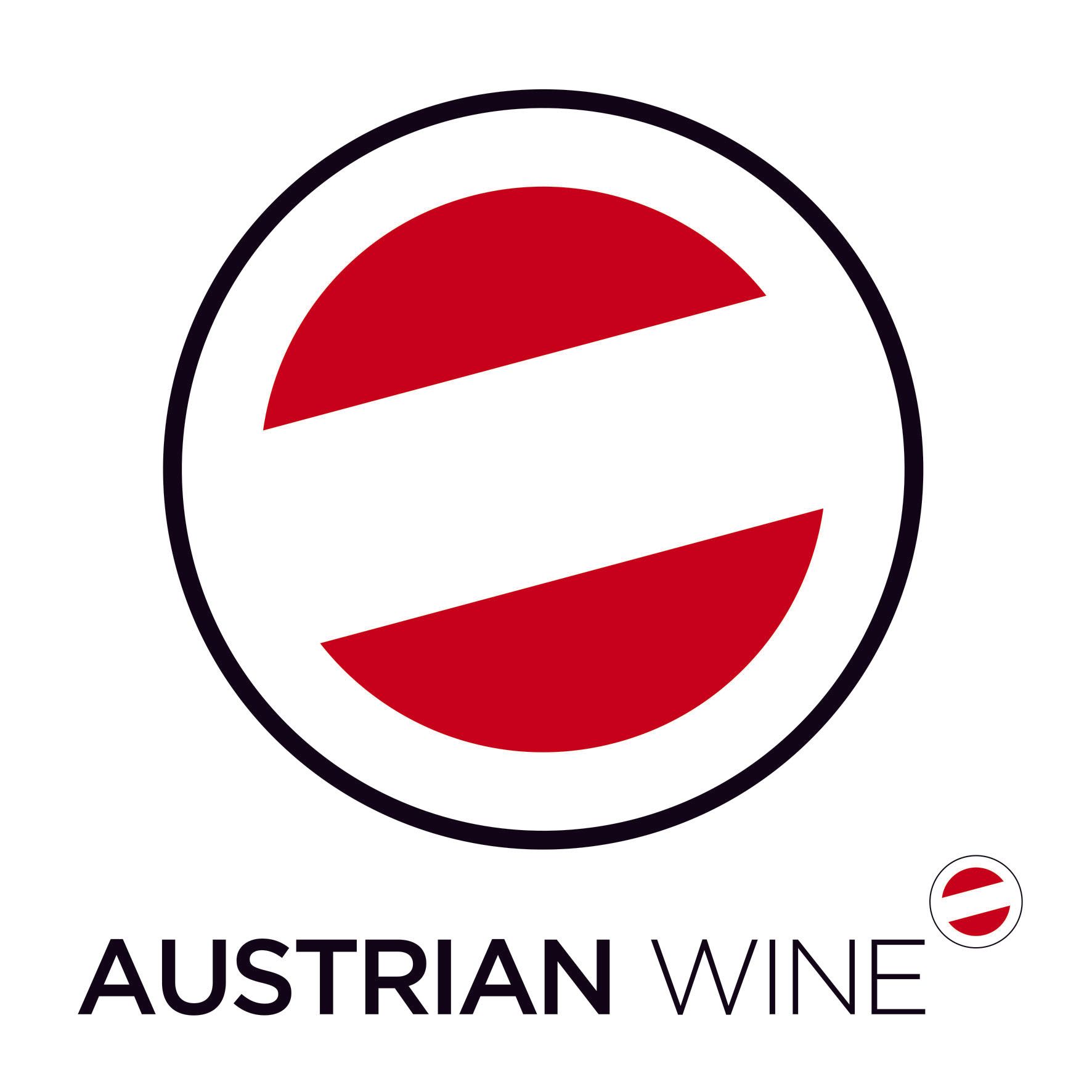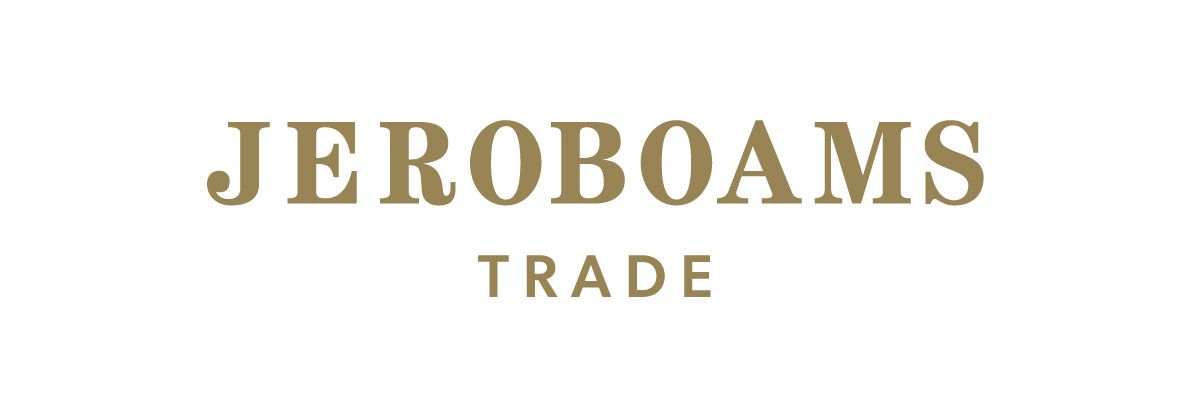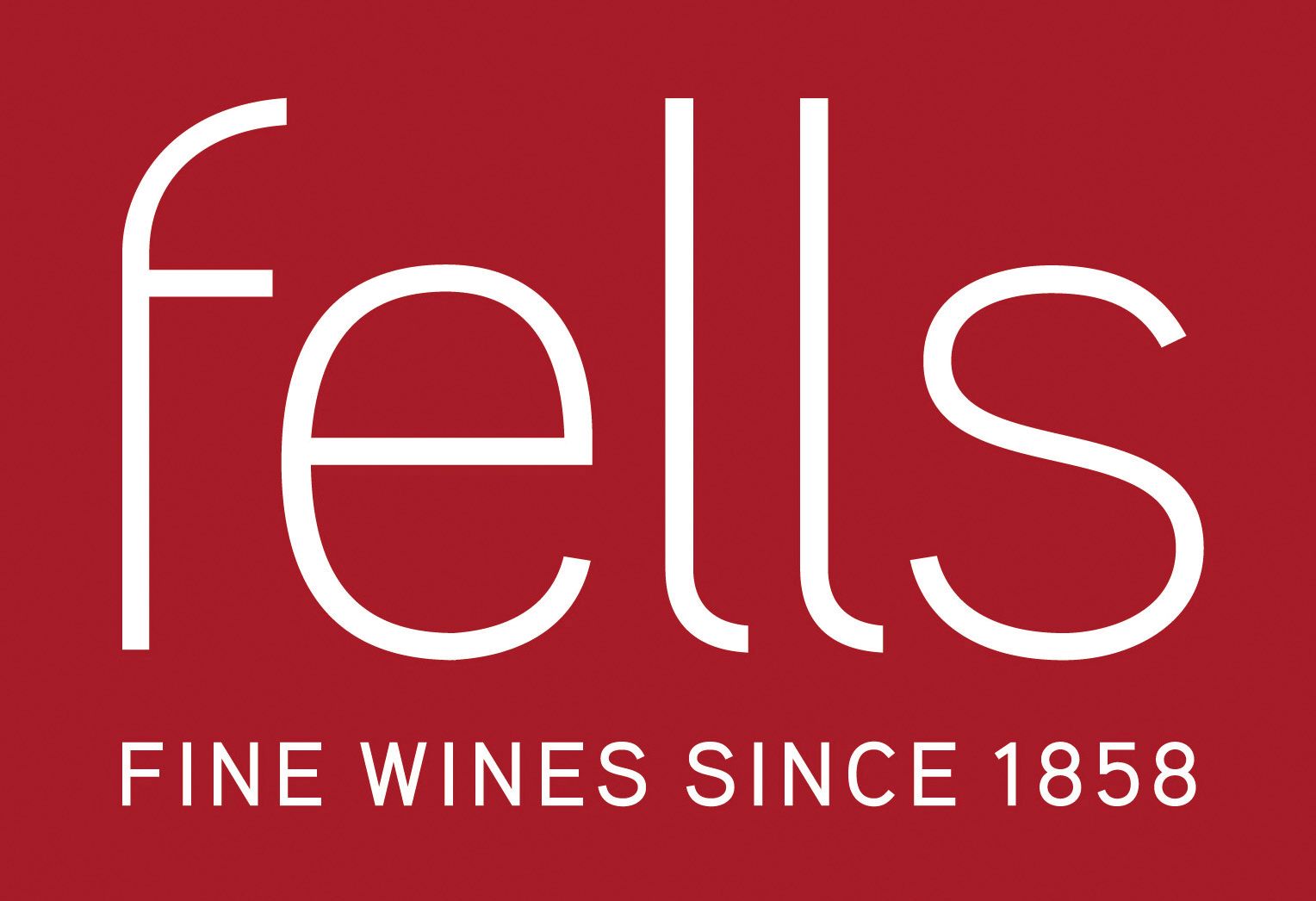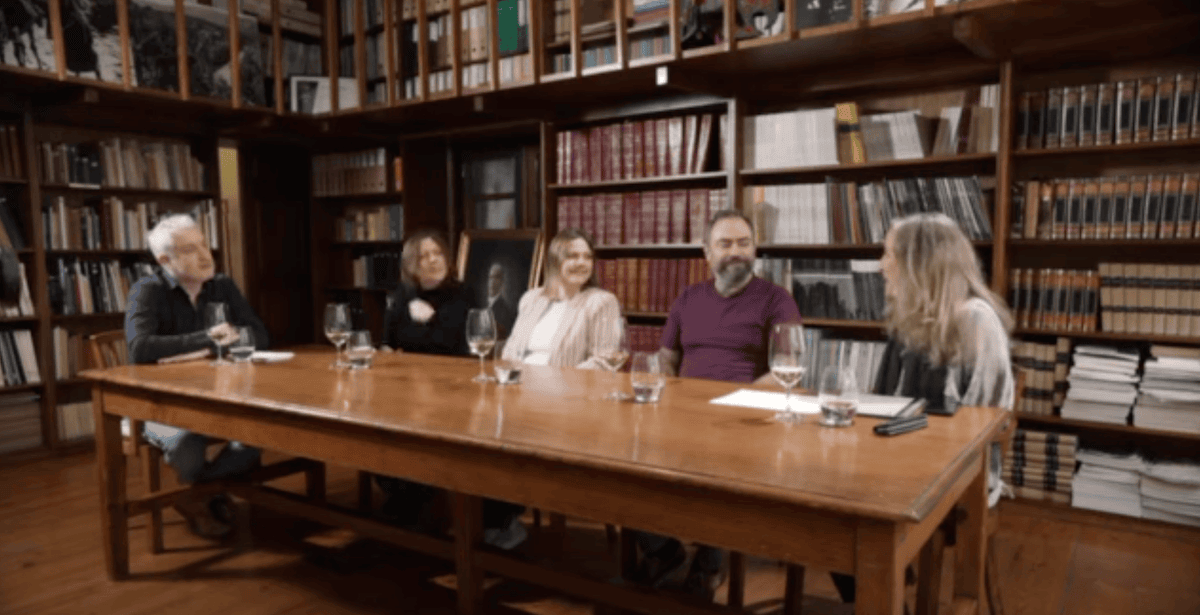When you think of Alsace, a few things come to mind: history, tradition, generations of winemaking, and of course, Riesling. And you wouldn’t be wrong. But after spending a week in this region—French, yet with touches of German and even Swiss character—it’s clear that Alsace is changing.
Generational shifts are underway. Young winemakers, families, and locals are entering the industry with fresh ideas. Climate change, too, is reshaping viticulture. Not all of its effects are negative: growers can now reliably ripen Pinot Noir for reds, while also experimenting with Syrah, Grenache, and Nebbiolo.
As Jacky Barthelmé of Domaine Albert Mann explains: “Pinot in the region ripens beautifully and expresses the terroir.”
Grand Cru Hengst is among the finest places for Pinot in Alsace, producing structured, age-worthy wines. I tasted examples aged 12 and 15 years, still elegant, alive, and full of layered flavours.
Barthelmé adds: “We have also grafted Syrah onto 20-year-old vines on Grand Cru Schlossberg’s granite soils—an exciting prospect.”
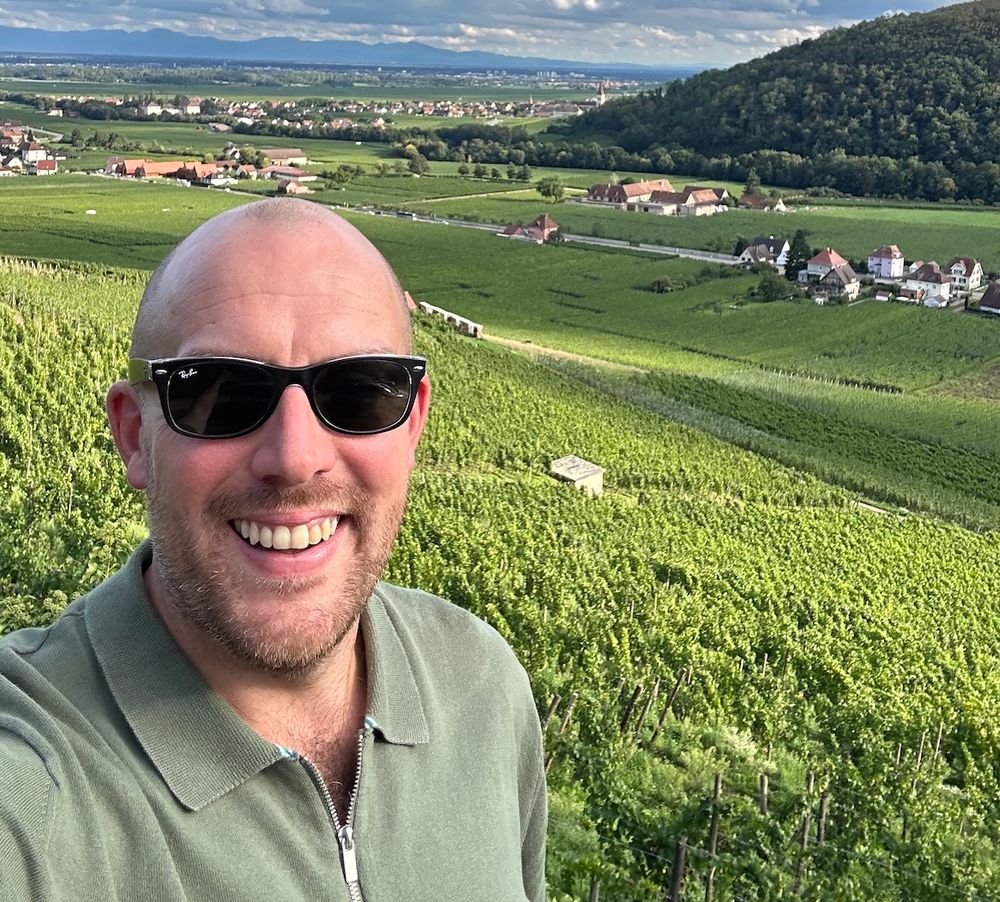
Bradley Horne was excited to taste such an exciting range of wines on a recent trip to Alsace
He’s not alone. An afternoon spent in Schlossberg with Eddy Faller (Domaine Weinbach), Frédéric Blanck (Paul Blanck), and Antoine Barthelmé (Domaine Albert Mann) made clear why this was Alsace’s very first Grand Cru, 50 years ago.
These winemakers also see potential in planting new varieties, firmly believing that site is the most important factor. Having worked around the world, they bring global perspectives to Alsace—a rarity compared to many French peers.
As Frédéric Blanck puts it: “Discovering what’s happening in Australia only helped me refine my winemaking in Alsace—new approaches, techniques, and styles.”
Tasting Schlossberg wines reinforces its magic. The terraced slopes above Domaine Weinbach produce world-class Riesling, Pinot Gris, and Pinot Blanc, all marked by a distinctive smoky-mineral note that reflects the terroir. It’s a place with a remarkable past, present, and future.
Promoting biodynamics
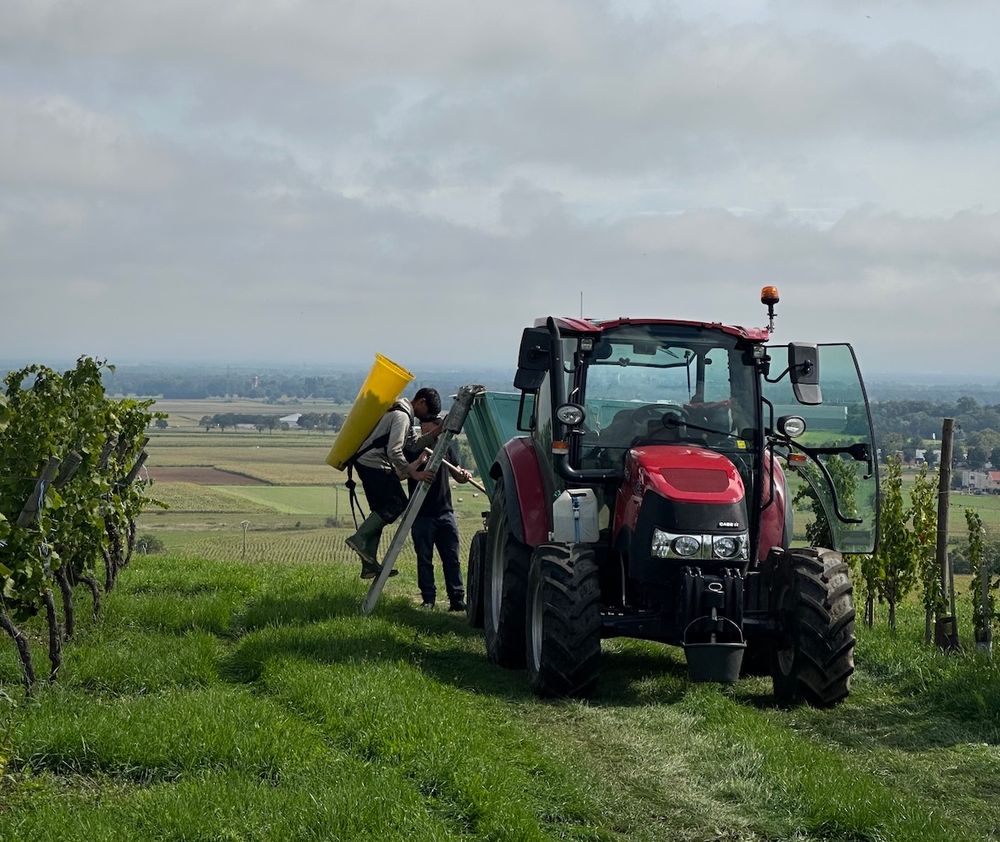
Biodynamic winemaking is becoming a key trend in Alsace
Biodynamics also plays a significant role here. Alsace ranks third in France for biodynamic viticulture, with major proponents such as Domaine Zind-Humbrecht and Olivier Humbrecht.
Humbrecht is almost synonymous with biodynamics—his passion for soil health is unmatched. He even bottles in lightweight vegan glass to minimise environmental impact.
“Gewürztraminer,” he says, “is a white wine that wants to be a red wine—almost a trans wine, if you like.”
And indeed, when farmed with care, Gewürztraminer can show remarkable texture, weight, and tension.
Jean-Frédéric Hugel agrees: “We believe we have the best terroir for Gewürztraminer, producing incredible wines.”
The Hugel family holds a special place in the UK thanks to their long-standing partnership with The Wine Society. Jean-Frédéric also shared a story of his grandfather, who once sent a case of 1934 Gewürztraminer to Winston Churchill. A decade later, Churchill replied with a thank-you—perhaps after finishing the last bottle and hoping for another case.
At a later tasting, we blind-tasted a wine—revealed to be the very one Churchill had praised. Astonishingly, it was still vibrant: smoky, honeyed, nutty, and textured, with a subtle acidity that made it taste younger than its years.
Jean-Frédéric also introduced the family’s new Crémant, which has taken off in the UK.
“We love Champagne and have a family connection with Pol Roger. But we wanted to make a Champagne-style wine from Alsace. If it doesn’t work, we’ll drink it all ourselves,” he laughs .
Luckily, it does work—a textured sparkling with ripe fruit, impressive length, and finesse.
You can’t talk Crémant in Alsace without mentioning Dopff.
“Our history is long. Our roots go deep. We’ve been winemakers since 1574,” says Marlene Dopff.
Tradition runs in their blood, but innovation is also alive: their “Wild Brut” (zero dosage) and Cuvée Solera 12.19 are standout examples of modern Crémant. I hope we’ll see them in the UK soon.
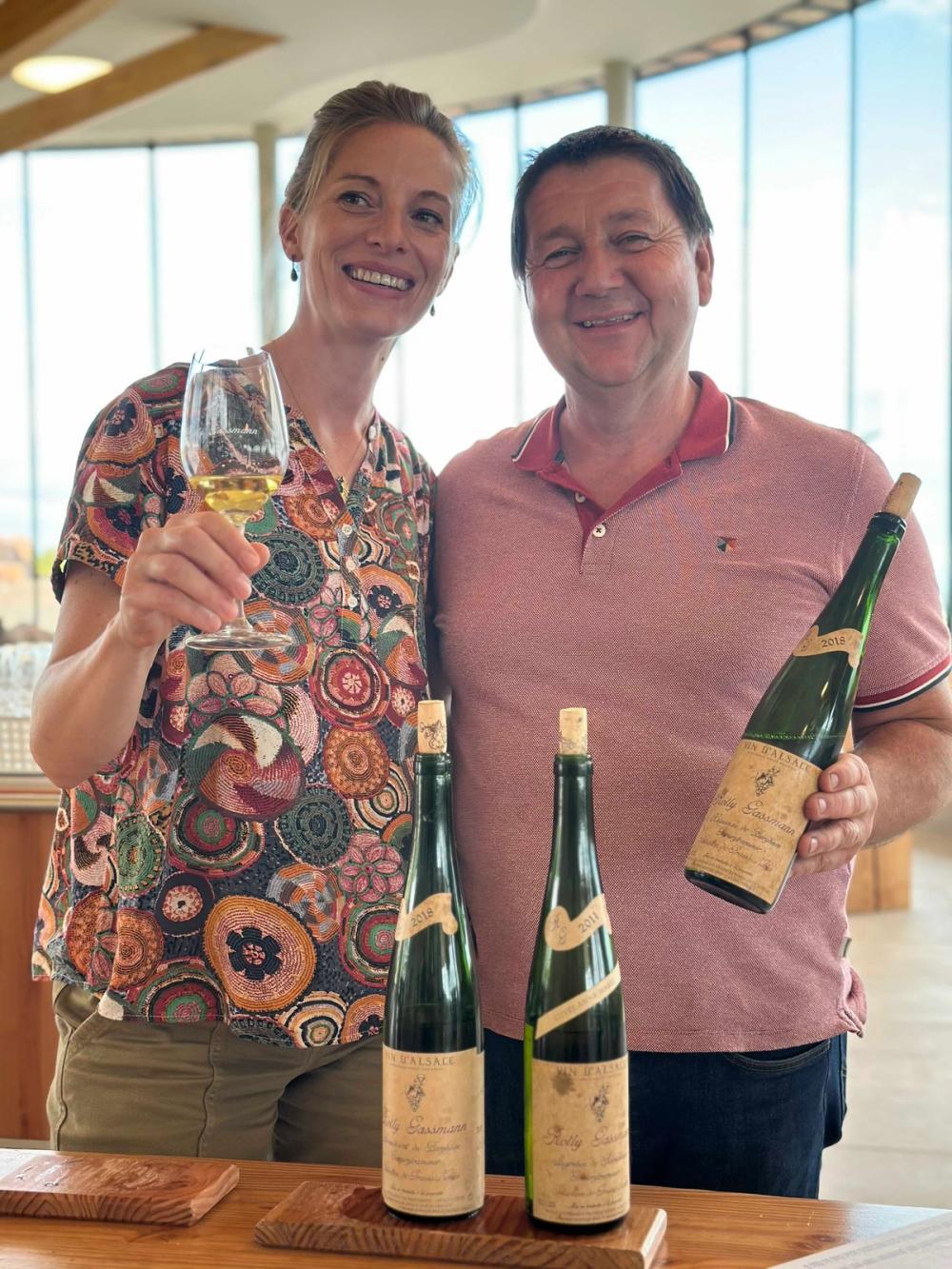
Pierre Gassmann and Lauriane
Our trip ended at the striking new “cathedral” winery of Rolly Gassmann. With roots back to 1611, Pierre Gassmann and Lauriane now lead the domaine, producing some of the region’s most elegant, complex sweet wines.
Pierre emphasizes soil, site, and timing, ensuring wines are released only when ready—whether to drink immediately or to age gracefully for decades.
Alsace is rich in history—not only in its wineries but in its towns, which look like something out of a fairytale. Yet what stayed with me most was the energy of the younger generation. They’re respecting tradition while driving fresh projects and new directions. This balance makes Alsace one of the most exciting wine regions today. From sparkling to sweet—and everything in between - Alsace continues to impress. I can’t wait to return.
Brad’s Top Seven
Mélanie Pfister – Brut Extra Brut Crémant (94)
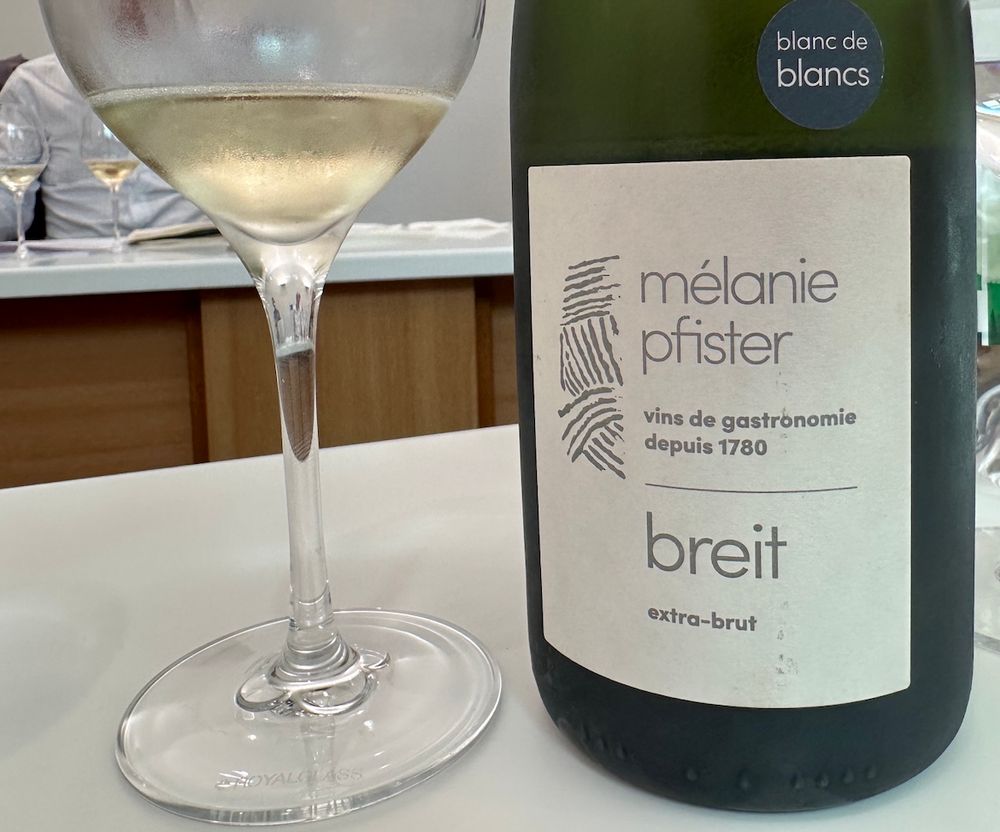
A blend of Chardonnay, Pinot Blanc, and Auxerrois. Focused and precise, with citrus, floral notes, and minerality. A savory edge on the palate leads to excellent length.
Domaine Paul Blanck – Grand Cru Schlossberg Riesling 2022 (96)
Stone fruit and smoky-mineral notes from granite soils. The palate balances texture, tension, and length beautifully.
Domaine Weinbach ‘Sainte Catherine’ – Grand Cru Schlossberg Riesling 2021 (94)
Focused and precise. Flint, wet stone, and a hint of petrol, with lively tension on the finish. Age-worthy but already compelling.
Domaine Zind-Humbrecht – Clos Windsbuhl Pinot Gris 2023 (95+)
Restrained nose of subtle fruit and minerals. Stunning palate of acidity, texture, and complexity. This will only improve with time.
Domaine Albert Mann – Grand Cru Hengst Pinot Noir 2022 (96)
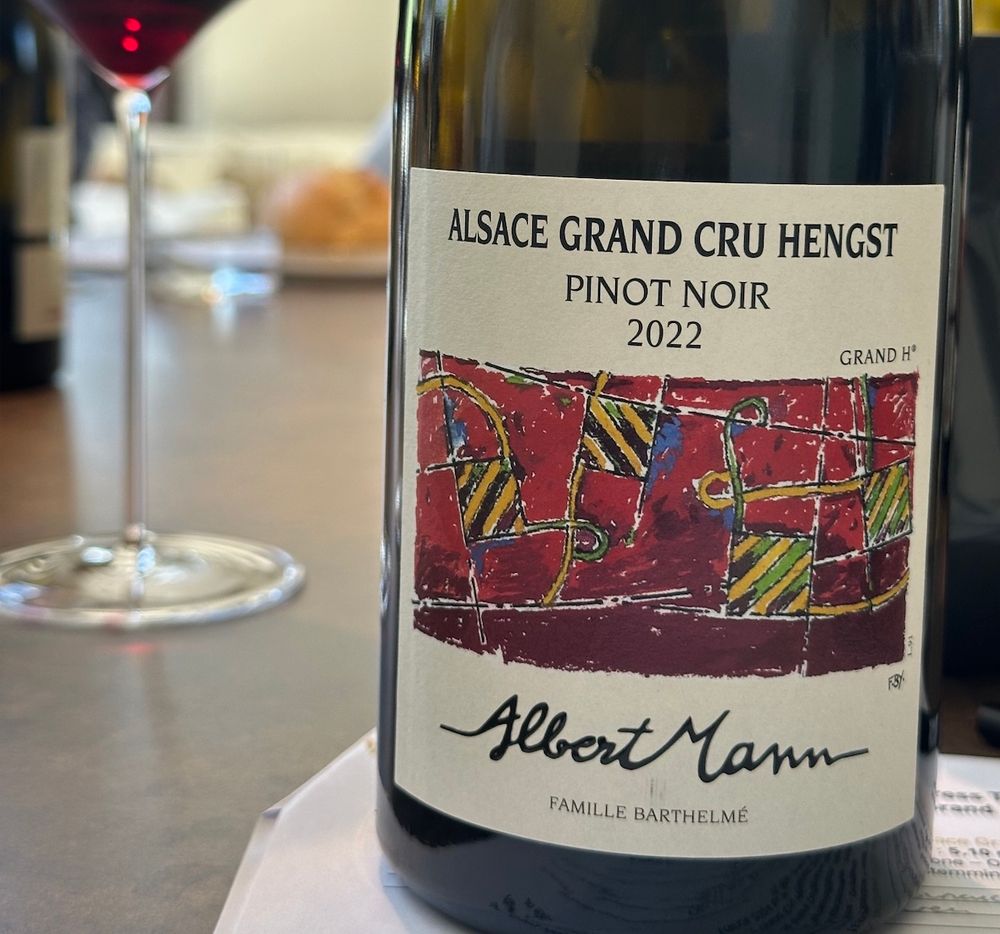
From 45-year-old limestone-grown vines. Aromas of redcurrant, wild strawberry, and forest floor. Concentrated yet fresh, with acidity flowing through the palate. A must-watch site for Pinot.
Domaine Hugel – Grand Cru Sporen Gewürztraminer 2015 (97)
Apricot, spice, cumin, and peach on the nose. Rich yet perfectly balanced with acidity, giving length and depth.
Rolly Gassmann – Haguenau de Bergheim SGN Gewürztraminer 2018 (97)
Juniper, plum, and passion fruit aromas. On the palate, a striking salty note lifts the richness and underlines the acidity. Exceptional.
